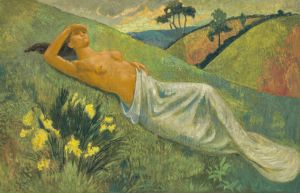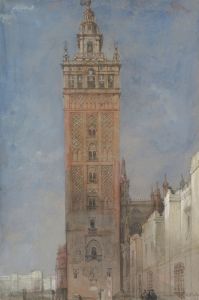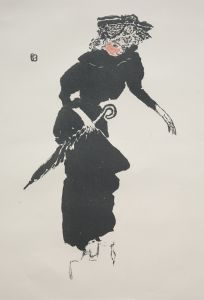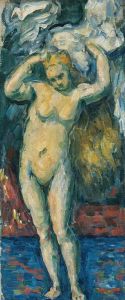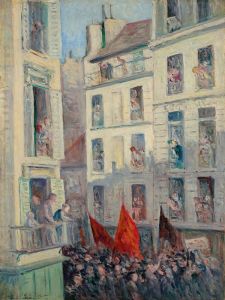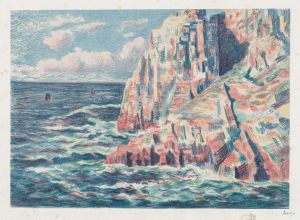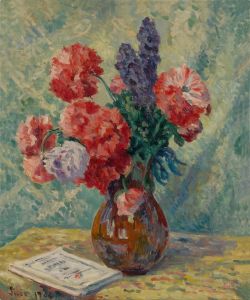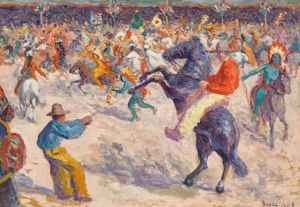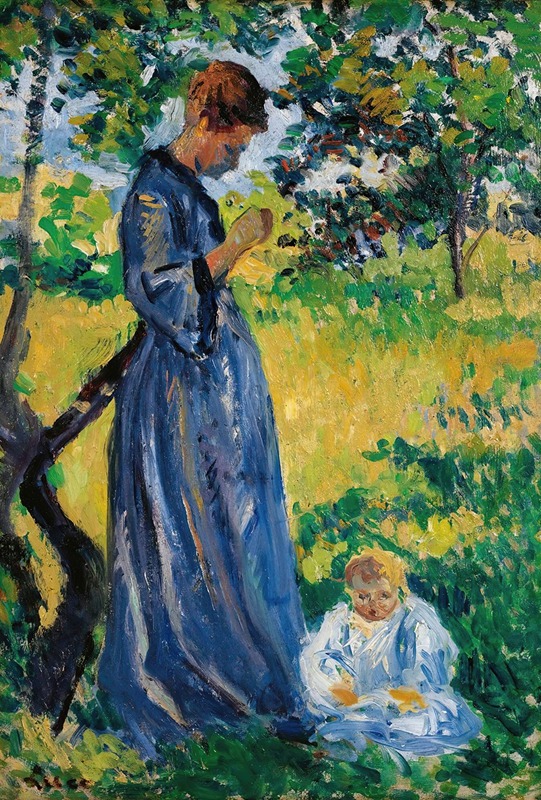
Poissy, Madame Dillon
A hand-painted replica of Maximilien Luce’s masterpiece Poissy, Madame Dillon, meticulously crafted by professional artists to capture the true essence of the original. Each piece is created with museum-quality canvas and rare mineral pigments, carefully painted by experienced artists with delicate brushstrokes and rich, layered colors to perfectly recreate the texture of the original artwork. Unlike machine-printed reproductions, this hand-painted version brings the painting to life, infused with the artist’s emotions and skill in every stroke. Whether for personal collection or home decoration, it instantly elevates the artistic atmosphere of any space.
"Poissy, Madame Dillon" is a painting by the French artist Maximilien Luce, created in 1898. Luce was a prominent figure in the Neo-Impressionist movement, which was characterized by the use of pointillism, a technique involving the application of small, distinct dots of color to form an image. This method was developed by Georges Seurat and Paul Signac, and Luce adopted and adapted it in his own work.
Maximilien Luce was born on March 13, 1858, in Paris, France. He initially trained as an engraver before turning to painting. Luce was deeply influenced by the political and social upheavals of his time, and his works often reflect his anarchist beliefs and his commitment to social justice. He was associated with the Société des Artistes Indépendants, a group that rejected the traditional academic standards of the French art establishment.
"Poissy, Madame Dillon" depicts a serene scene in the town of Poissy, located in the Île-de-France region, northwest of Paris. The painting features Madame Dillon, who is believed to be a local resident or possibly a friend of the artist, although specific details about her identity are not well-documented. The setting is a peaceful, sunlit garden, with Madame Dillon seated and engaged in a leisurely activity, possibly reading or sewing. The use of light and color in the painting exemplifies Luce's mastery of the Neo-Impressionist technique.
The composition of "Poissy, Madame Dillon" is notable for its harmonious balance and the meticulous application of color. Luce's pointillist technique creates a vibrant, shimmering effect that captures the play of light and shadow in the garden. The painting's palette is dominated by soft greens, blues, and yellows, which convey a sense of tranquility and natural beauty.
Luce's work, including "Poissy, Madame Dillon," is characterized by its attention to detail and its ability to convey the atmosphere of a particular moment. His paintings often depict everyday scenes and landscapes, reflecting his interest in capturing the essence of contemporary life. Despite his political beliefs, Luce's art is not overtly didactic; instead, it invites viewers to appreciate the beauty and complexity of the world around them.
"Poissy, Madame Dillon" is part of the collection of the Musée d'Orsay in Paris, which houses an extensive array of works by Luce and other Neo-Impressionist artists. The museum is renowned for its collection of 19th and early 20th-century art, including masterpieces by artists such as Vincent van Gogh, Claude Monet, and Edgar Degas.
In summary, "Poissy, Madame Dillon" by Maximilien Luce is a quintessential example of Neo-Impressionist painting, showcasing the artist's skillful use of pointillism and his ability to capture the serene beauty of everyday life. The painting remains an important part of Luce's oeuvre and a testament to his contributions to the art world.






